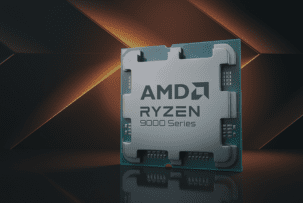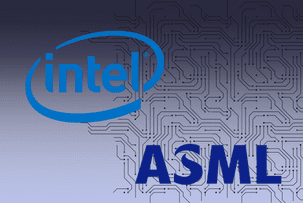The First Analog Computers on RRAM Chips from China Have Appeared
15:45, 04.11.2025
Scientists from Peking University have created the first analog chip based on resistive random-access memory (RRAM). The development could revolutionize AI computing and 6G communication.
Advantages of the New Chip
Speed and Energy Efficiency
The new chip aims to solve two common problems of standard digital processors: data transfer speed limitations and high energy consumption.
The analog chip processes information in the form of continuous electric currents passing through RRAM, unlike digital processors that use a binary system. The RRAM chip can simultaneously store and process data, thereby reducing energy costs.
High Computational Accuracy
It was previously believed that analog computing could not compete with digital due to uncontrolled physical signals leading to lower accuracy.
The new chip solves this problem by combining two cells within a single chip: the first circuit ensures computational speed, and the second — result accuracy.
This architecture allowed the chip to reach the accuracy of standard digital processors when solving complex tasks, such as MIMO matrix rotation, while consuming nearly 100 times less energy.
Competitiveness
Developers say these architectural changes have allowed them to achieve performance comparable to top processors like Nvidia H100 and AMD Vega 20, widely used for AI model training. In certain tasks, the RRAM processor outperformed known counterparts by up to a thousand times.
Analog systems have advantages that allow the new chip to surpass digital ones. In particular, analog chips can process large volumes of information while consuming significantly less energy.


